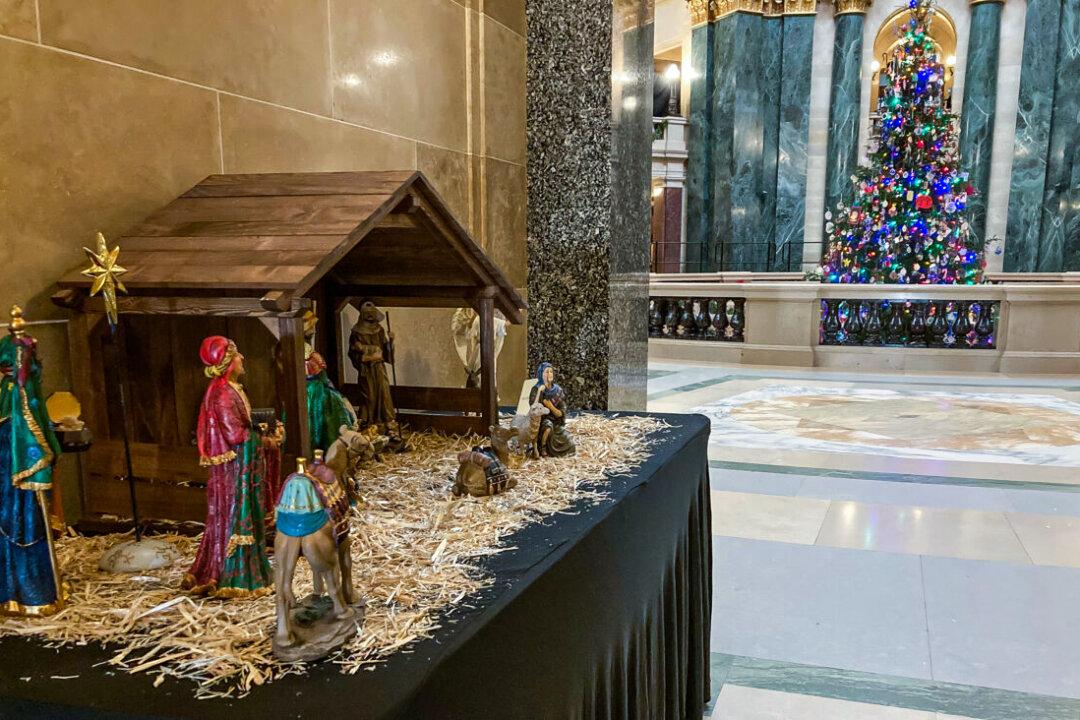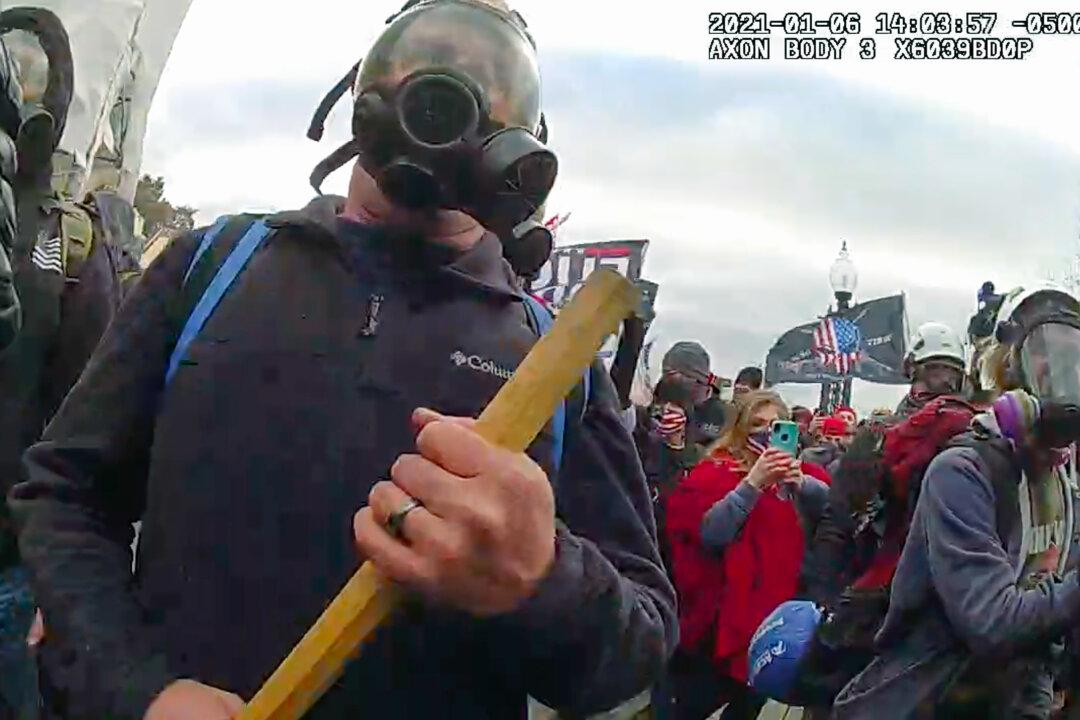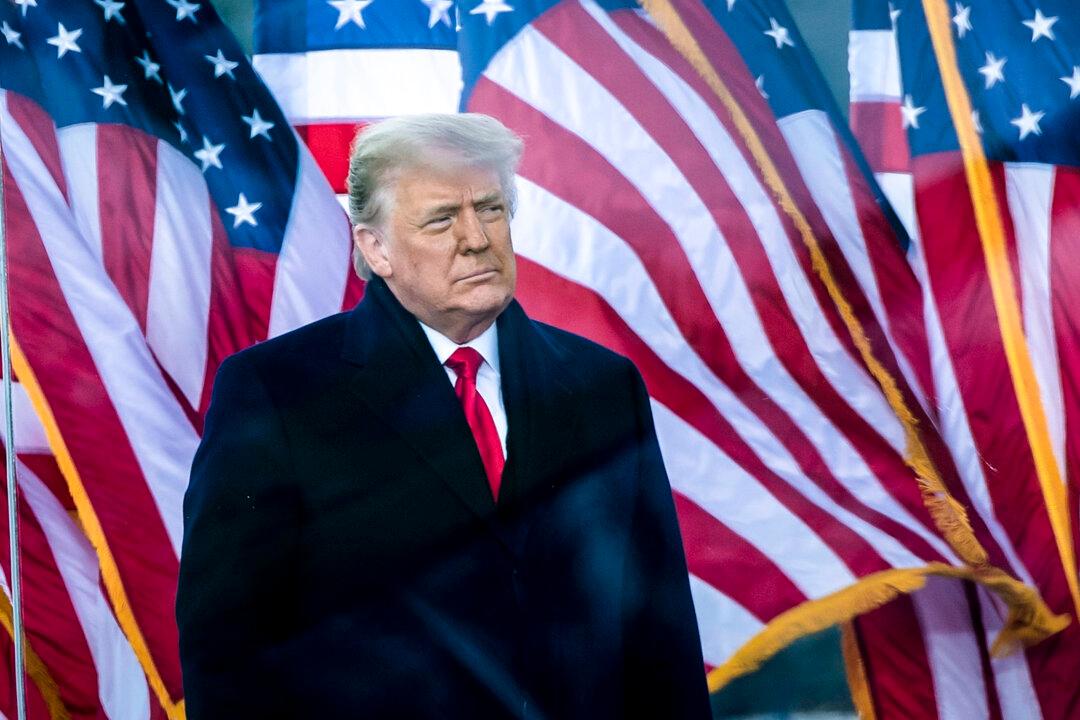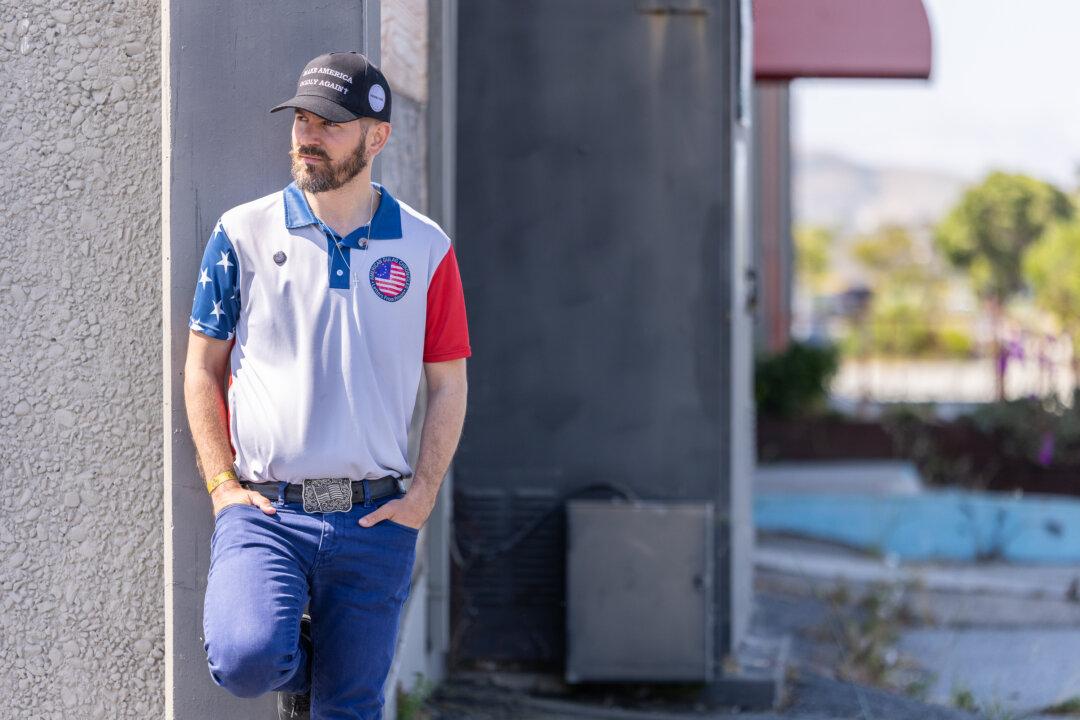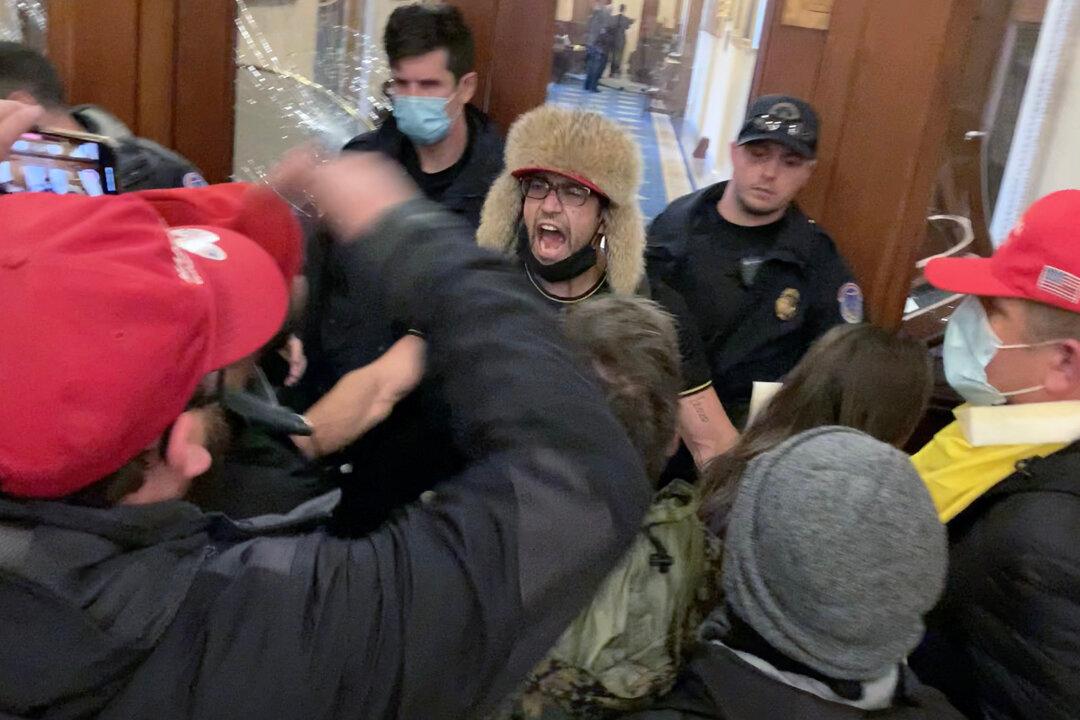After a year of court battles over government-ordered church closures and ignored religious objections to COVID-19 vaccines, two Illinois groups say they have the perfect societal antidote—Nativity crèches celebrating the birth of Jesus Christ displayed inside 40 state capitol buildings from New Hampshire to Hawaii.
It’s the ninth year of a partnership between the American Nativity Scene and the Thomas More Society, a religious-liberty law firm, that’s focused on promoting and placing Nativity scenes in state capitols and in other public venues. The 40 state capitol sites are a 25 percent increase from last Christmas and nearly double the number from 2018.
